Frequently Asked Questions
1. Why is a knife important for outdoor survival?
2. What are the advantages of folding knives over fixed-blade knives?
3. What should I consider when choosing a knife for outdoor survival?
4. What are some essential knife techniques for survival?
5. What safety tips should I keep in mind when using folding knives?
When it comes to outdoor survival, few tools are as vital as a knife. Whether you’re an experienced backpacker or an occasional camper, understanding the significance of a reliable knife can make a world of difference in critical situations. This article delves into the various roles that knives, particularly folding knives, play in outdoor survival and how these tools can enhance your safety and efficiency when exploring the great outdoors.
The Importance of Knives in Outdoor Skills
Knives are more than mere cutting tools; they are versatile instruments that can perform multiple tasks crucial for survival. Not only can they assist in the preparation of food, but they are also invaluable in numerous other applications such as shelter building, first aid, and fire-starting.
Multi-Purpose Utility
The outdoor environment is unpredictable. A good knife can serve numerous functions, which is why it's a quintessential item in any survival kit. Here are some of the primary functions of knives:
- Food Preparation: Knives allow you to clean, cut, and prepare food from foraged plants or caught animals.
- Building Shelter: A sturdy knife is essential for cutting branches, vines, or other materials needed to construct a shelter.
- Starting Fires: Whether by creating sparks or using them to cut kindling, a knife is instrumental in fire-starting.
- First Aid: In an emergency, you can use a knife to cut bandages or create splints.
- Self-Defense: In some scenarios, a knife can serve as a means of protection from animals or hostile individuals.
Folding Knives vs. Fixed-Blade Knives
When exploring the types of knives available for outdoor survival, you'll typically encounter folding knives and fixed-blade knives. While each has its strengths, folding knives stand out for several reasons.
Portability and Convenience
One of the most significant advantages of folding knives is their portability. Unlike fixed-blade knives, folding knives can easily fit into your pocket or backpack, making them highly convenient for everyday carry. This compact design allows for easy access while ensuring safety when not in use.
Versatility in Functionality
Folding knives often come with various blade designs and features, such as serrated edges or multi-tools. This versatility allows you to adapt the knife for specific tasks, whether you're skinning an animal or opening a package. The ability to switch between tasks with a single tool makes folding knives an invaluable asset in outdoor scenarios.
How to Choose the Right Knife for Outdoor Survival
Choosing the appropriate knife for your outdoor adventures is crucial for ensuring it meets your survival needs. Here are some factors to consider:
Blade Material
The blade material can significantly affect performance and durability. Common materials include stainless steel and high carbon steel. Stainless steel is resistant to corrosion, making it great for humid conditions, while high carbon steel is known for its edge retention and sharpness.
Blade Length
Knife blades typically range from 2 to 6 inches. A shorter blade is easier to carry and control, ideal for intricate tasks, while a longer blade can offer more power for chopping. Consider the activities you gravitate towards when selecting your knife size.
Handle Design
A good handle is essential for an effective grip, especially in wet or slippery conditions. Look for materials like rubber, textured plastics, or composites that will provide a reliable grip during use.
Folding Mechanism
The locking mechanism in folding knives is crucial for safety and usability. Common mechanisms include liner locks, frame locks, and back locks. Ensure that the knife you choose has a robust mechanism that won’t fail when you apply pressure.
Essential Knife Techniques for Survival
Understanding how to use your knife is just as important as owning one. Here are some essential techniques to maximize the potential of your knife during outdoor survival.
Knife Care and Maintenance
Maintaining your knife is essential for optimal performance. Regularly clean the blade to remove debris, and lubricate the pivot point of folding knives to ensure smooth operation. Learning how to sharpen your knife effectively is equally important; a sharp knife is safer and more effective than a dull one.
Basic Cutting Techniques
Learning how to slice, chop, and carve are fundamental skills for knife use in the wilderness. Practice safe cutting techniques, keeping your fingers out of the path of the blade and using a stable surface.
Food Preparation Skills
Get comfortable with basic food preparation skills, such as filleting fish or gutting small game. Understanding how to effectively use your knife in these tasks can improve your chances of a successful catch.
Safety Tips for Using Folding Knives
While knives are versatile and essential tools, they also come with risks. Here are some safety tips to consider:
Always Cut Away from Your Body
When using a knife, always position it so that you are cutting away from your body. This minimizes the risk of injury should the knife slip.
Keep Your Knife Sharp
A sharp knife is less likely to slip and cause injury than a dull knife. Periodically check your knife edge and sharpen it when necessary.
Safe Storage Practices
When not in use, always keep your folding knife securely closed and stored in a designated case or pouch. Never carry it unsheathed in your backpack or pocket.
Knives in Wilderness Survival Training
Wilderness survival training often includes knife usage as a significant component. Participants learn essential skills related to tool use and techniques that rely on a knife, allowing them to become well-rounded outdoor enthusiasts.
Practicing Scenarios
Many survival courses incorporate scenarios where students are challenged to use their knives to complete tasks, such as setting up traps or preparing meals. Such training not only hones knife skills but also builds confidence and resourcefulness.
Understanding Local Laws
When carrying a knife, it's essential to understand and comply with local laws regarding knife blades, sizes, and concealed carry. This knowledge will ensure you are prepared and compliant while exploring new areas.
Prepare for the Unexpected
The uncertainty of the outdoors makes preparation key for survival. Knives, especially folding knives, are indispensable tools in a survivalist's kit. Their versatility and practicality can arm you with the capabilities needed to adapt and respond to various situations, from building shelter to preparing a meal.
By honing your skills and acquiring the proper knife, you not only elevate your chances of success in the wilderness but also enhance your overall outdoor experience. As you prepare for your next adventure, remember that the reliable folding knife will stand as your greatest ally in navigating the wilderness terrain.
Embrace the power of the knife and turn your outdoor experiences into opportunities for growth and survival. Understanding the essential role that knives play in outdoor survival ensures that you are always ready for whatever nature has to offer!






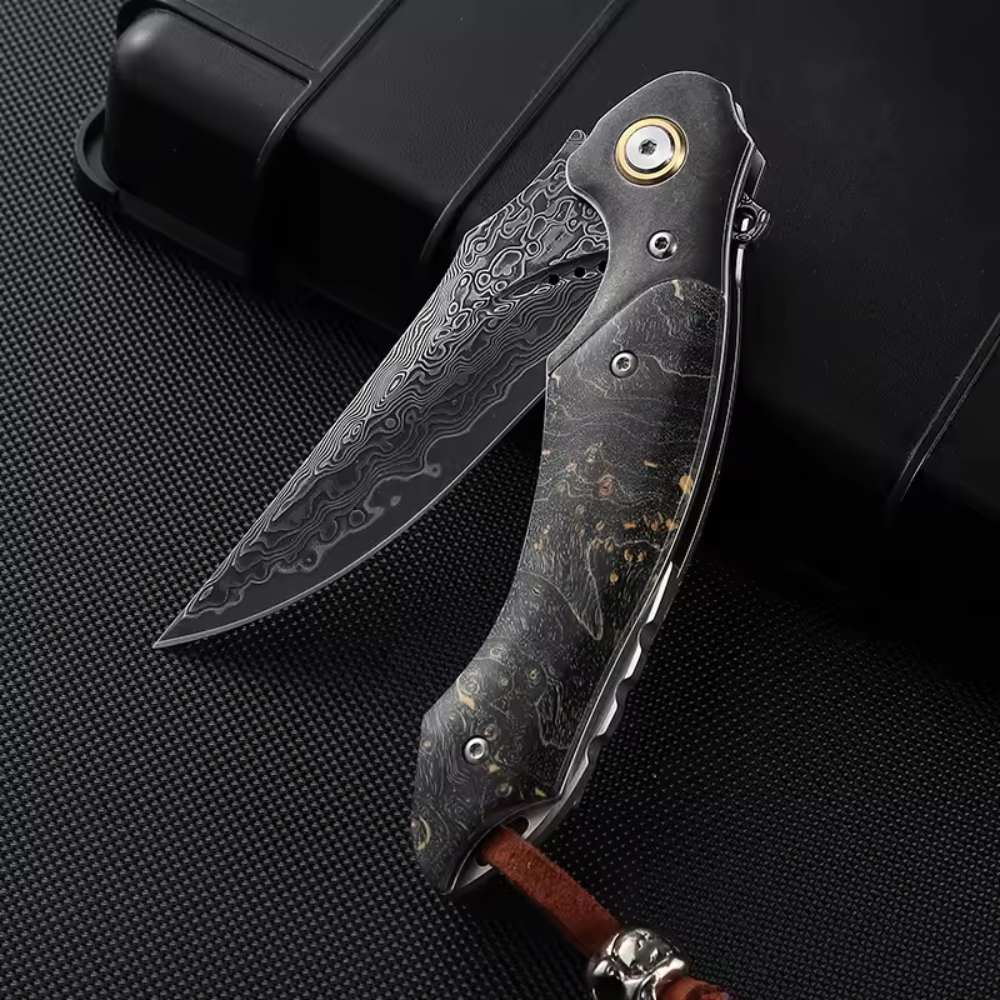
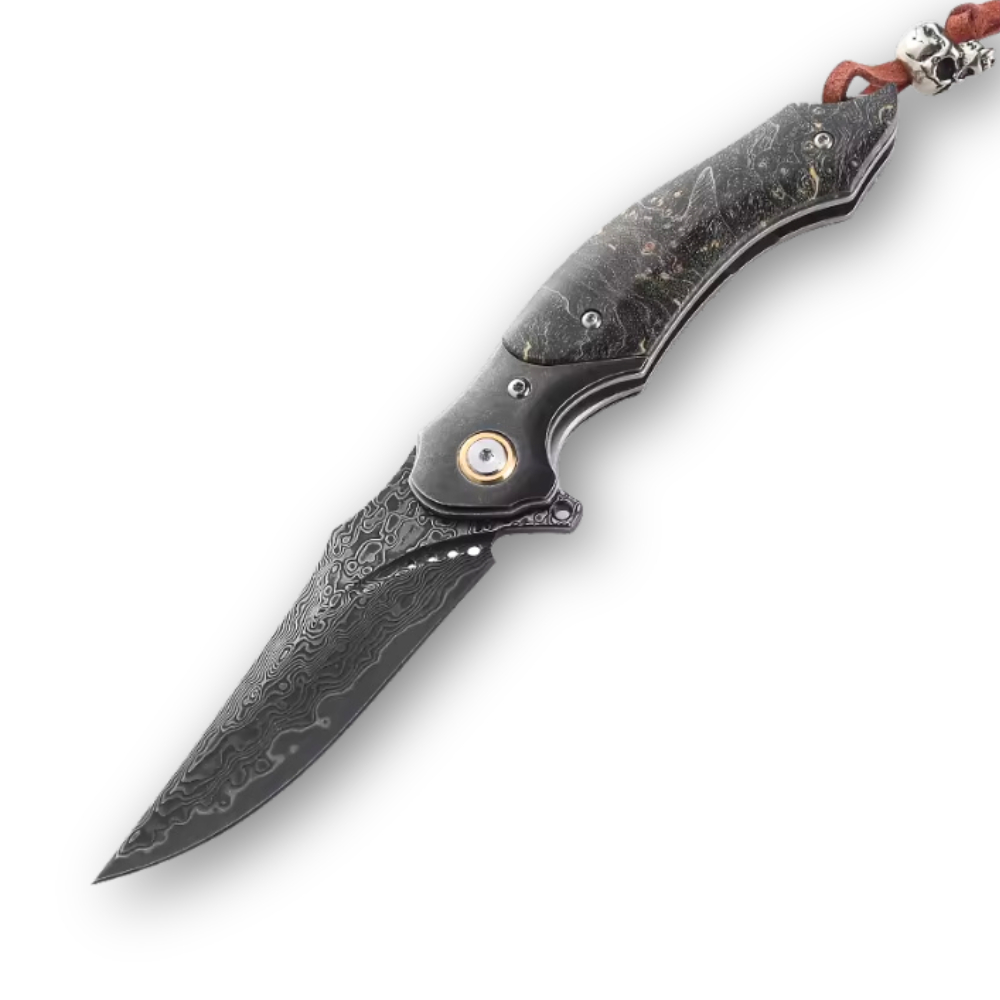
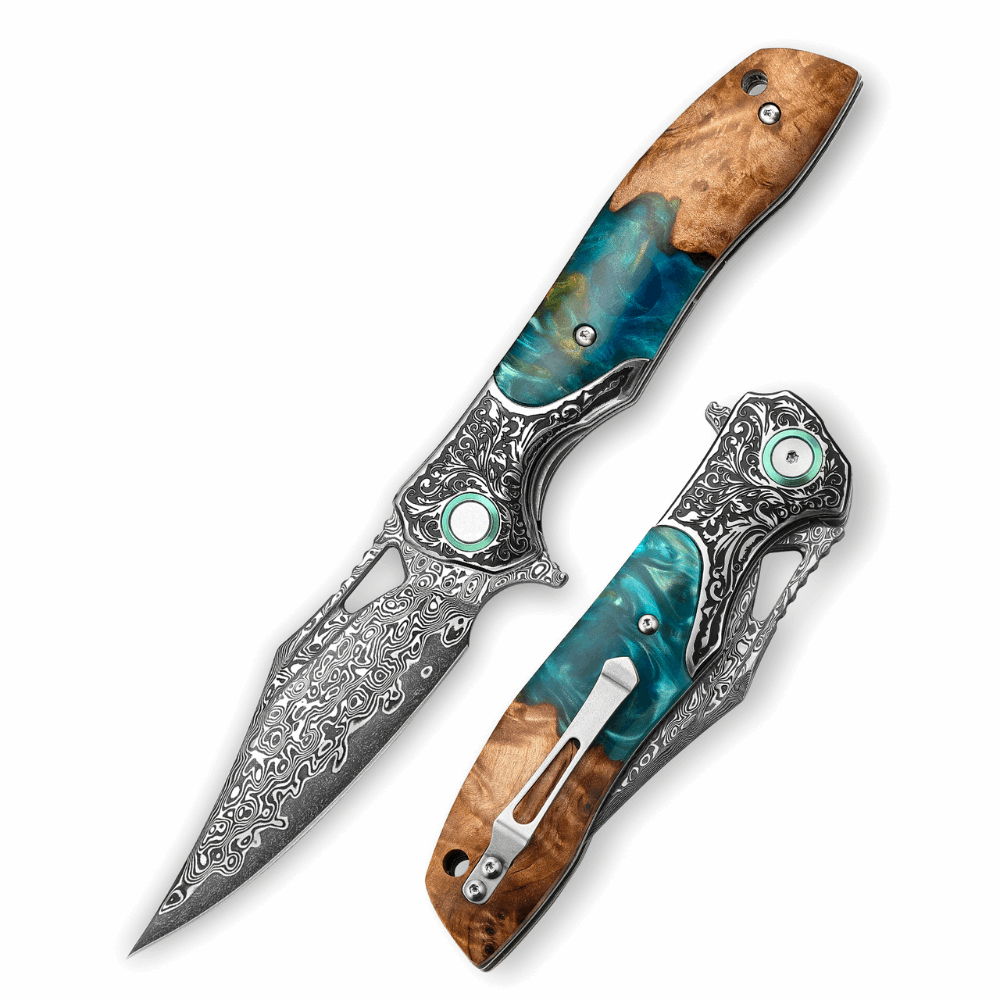
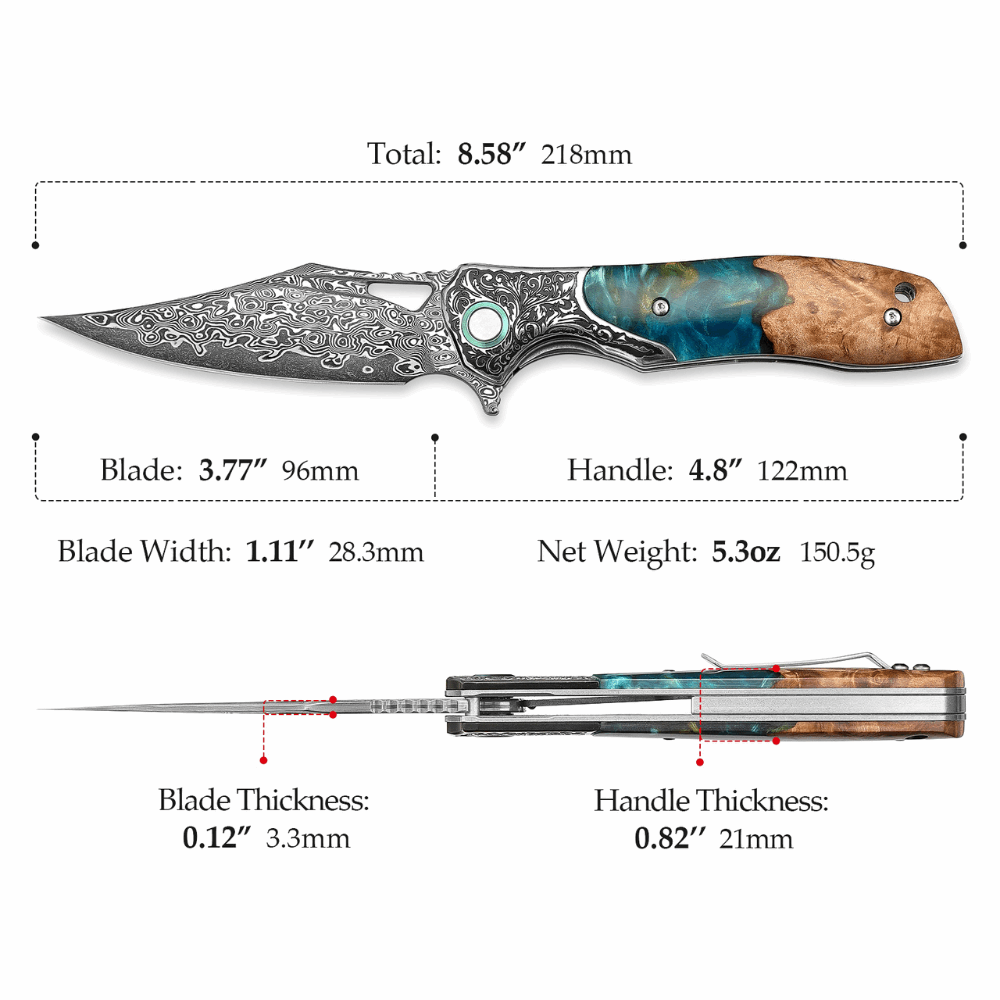
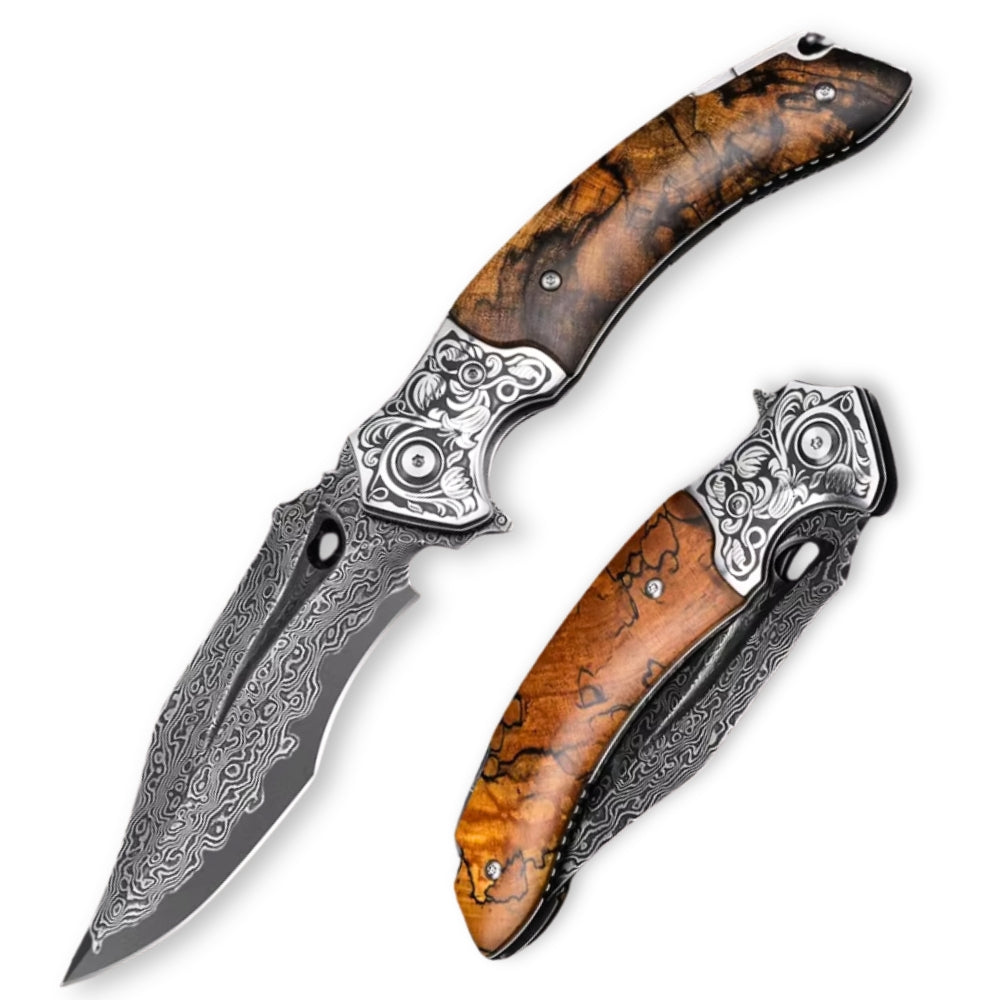
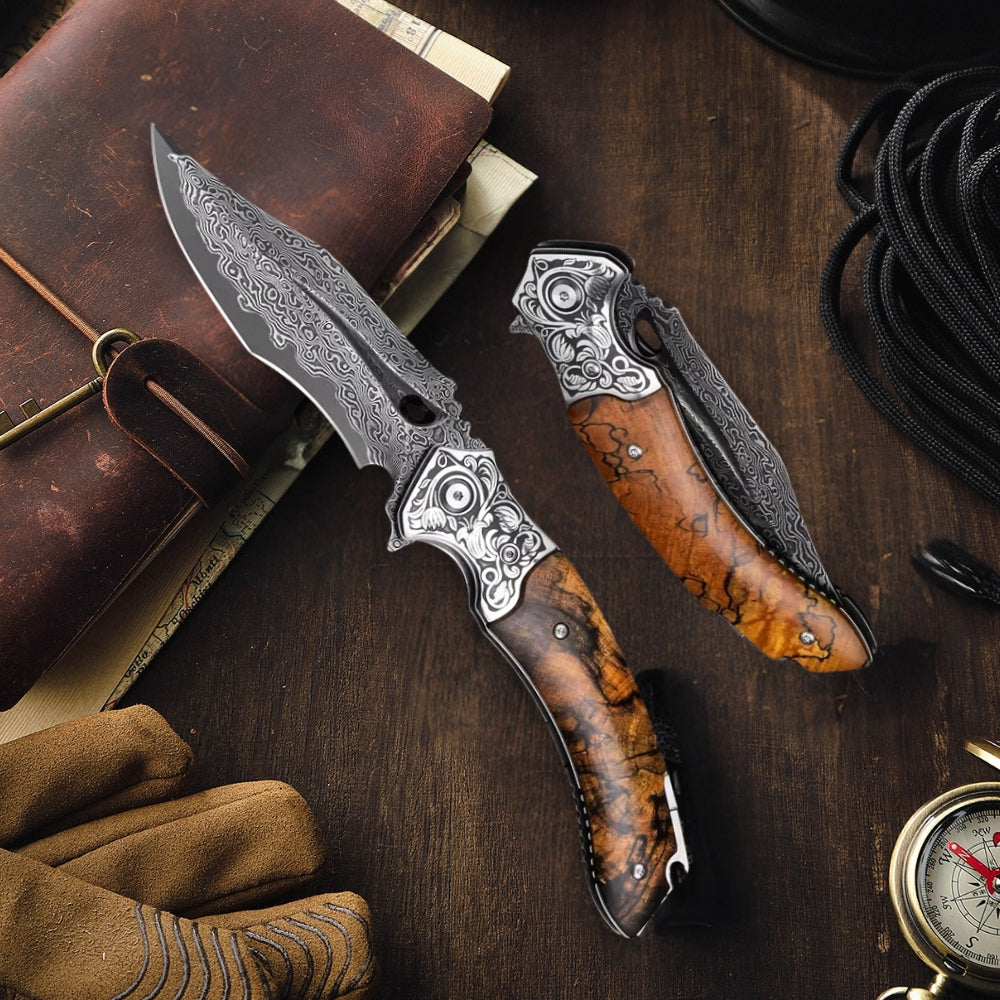
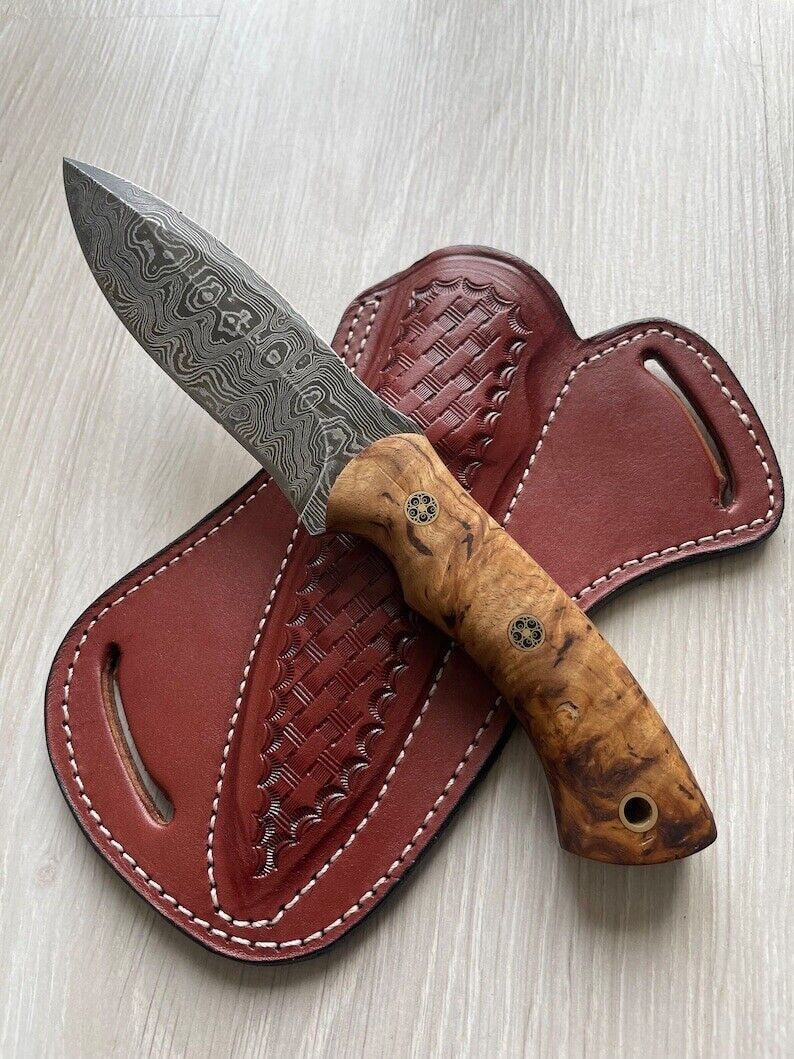
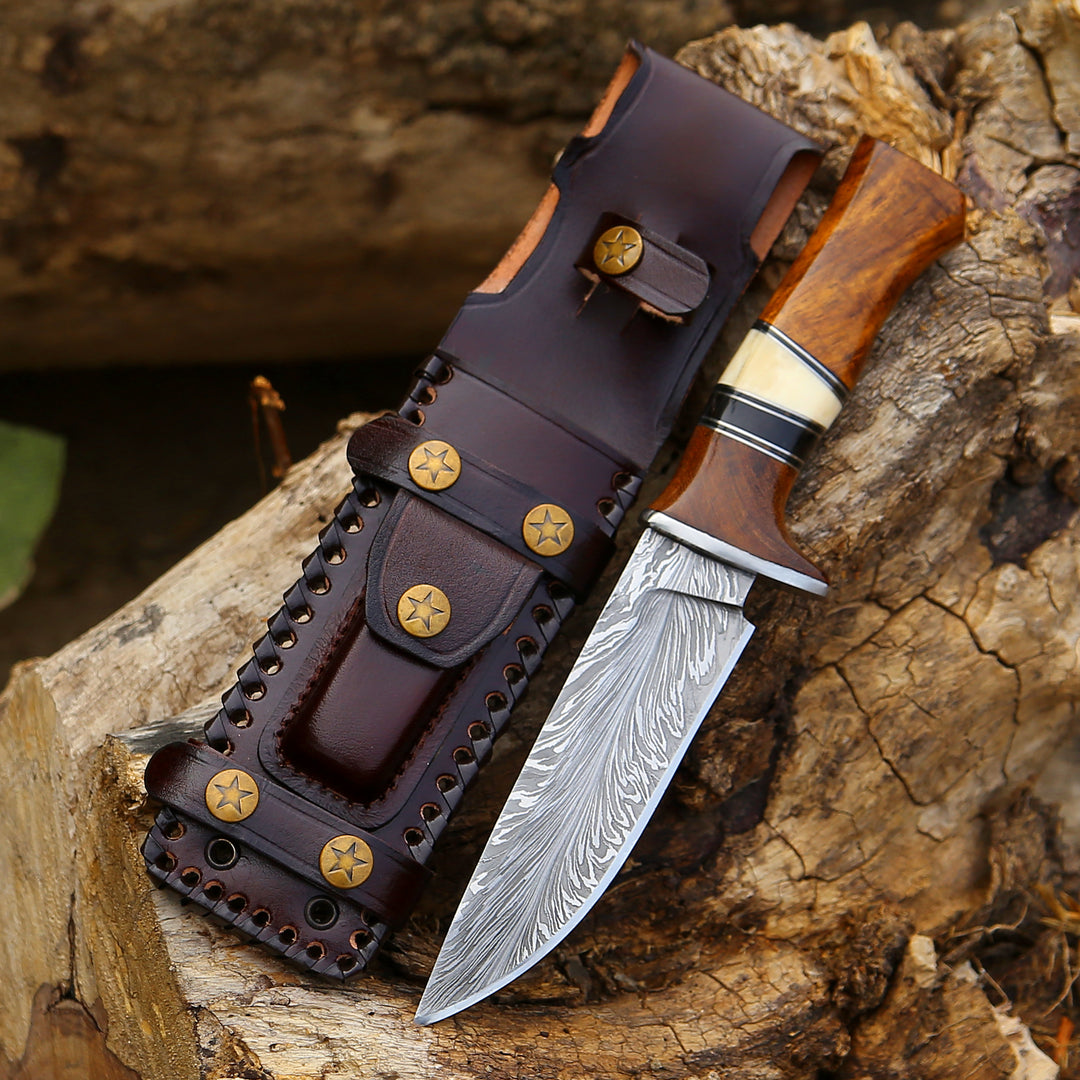
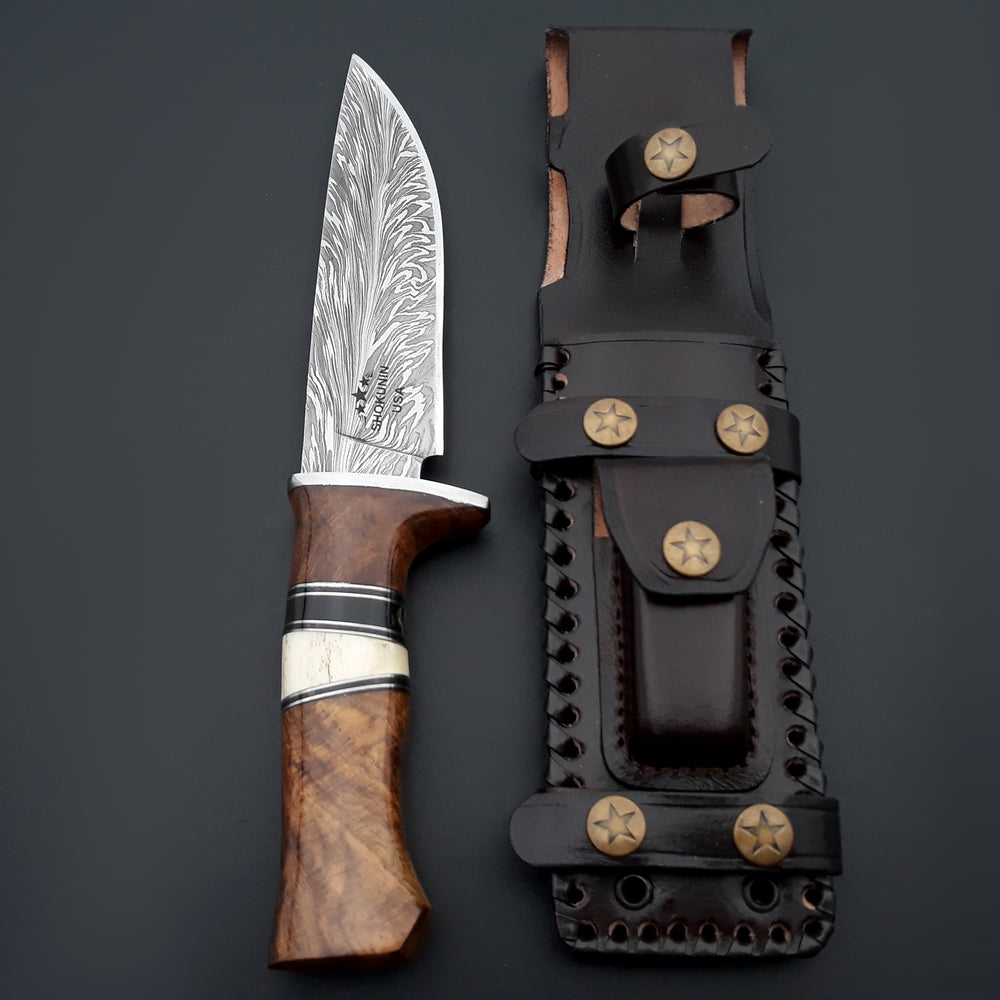
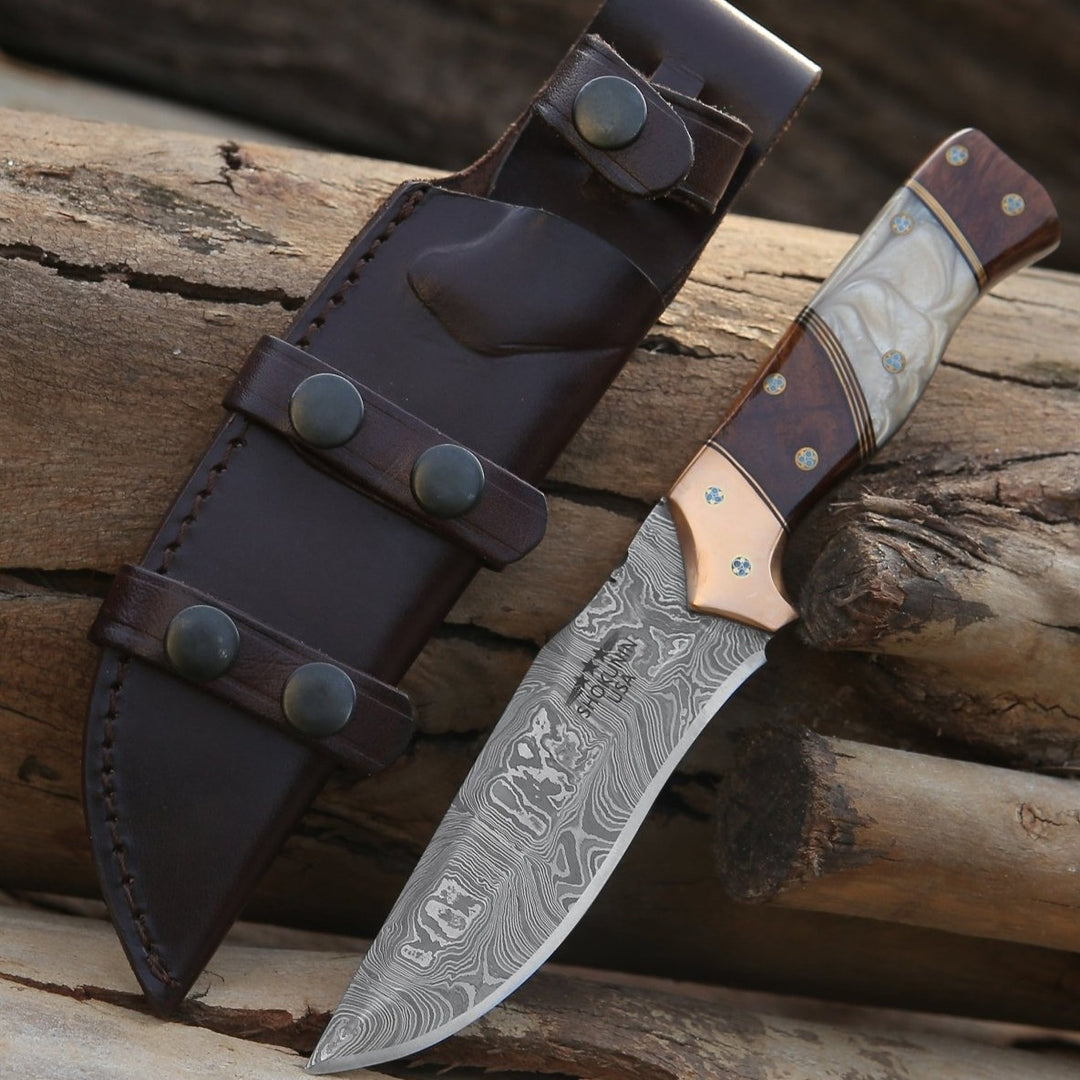
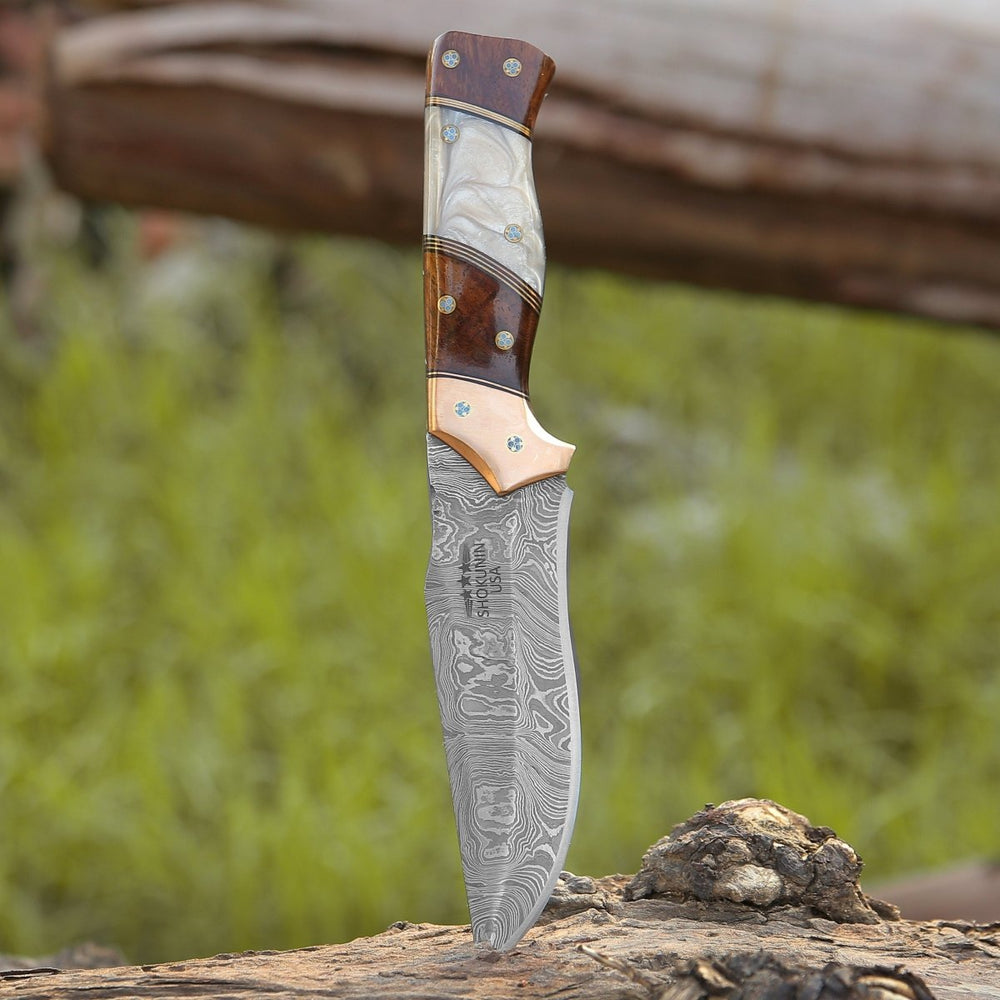
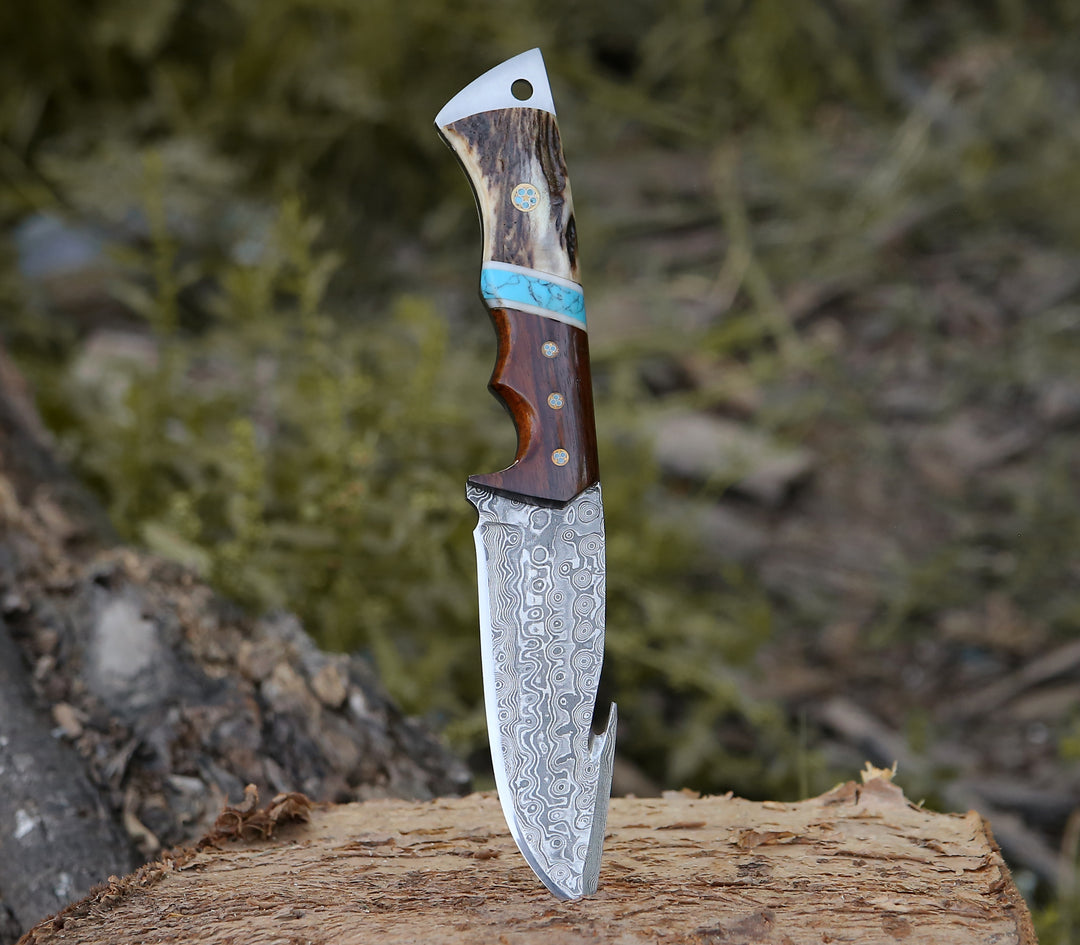
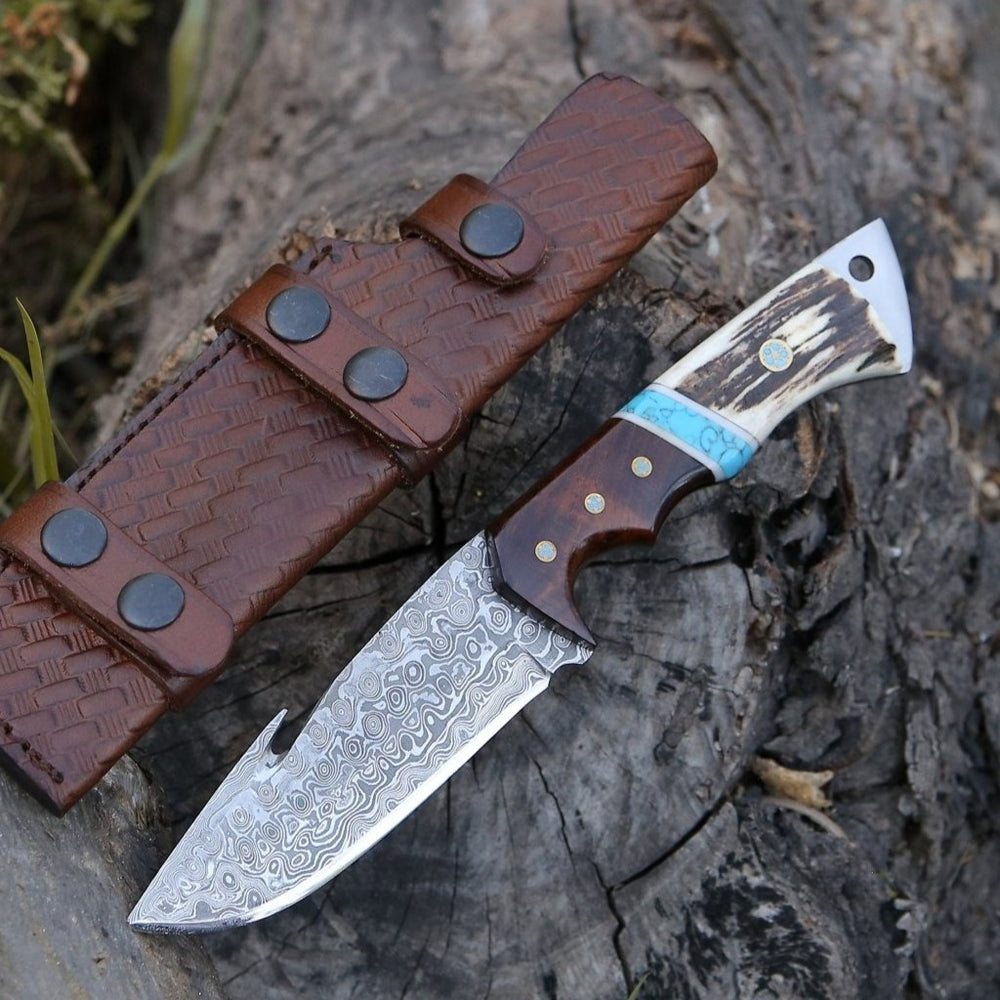
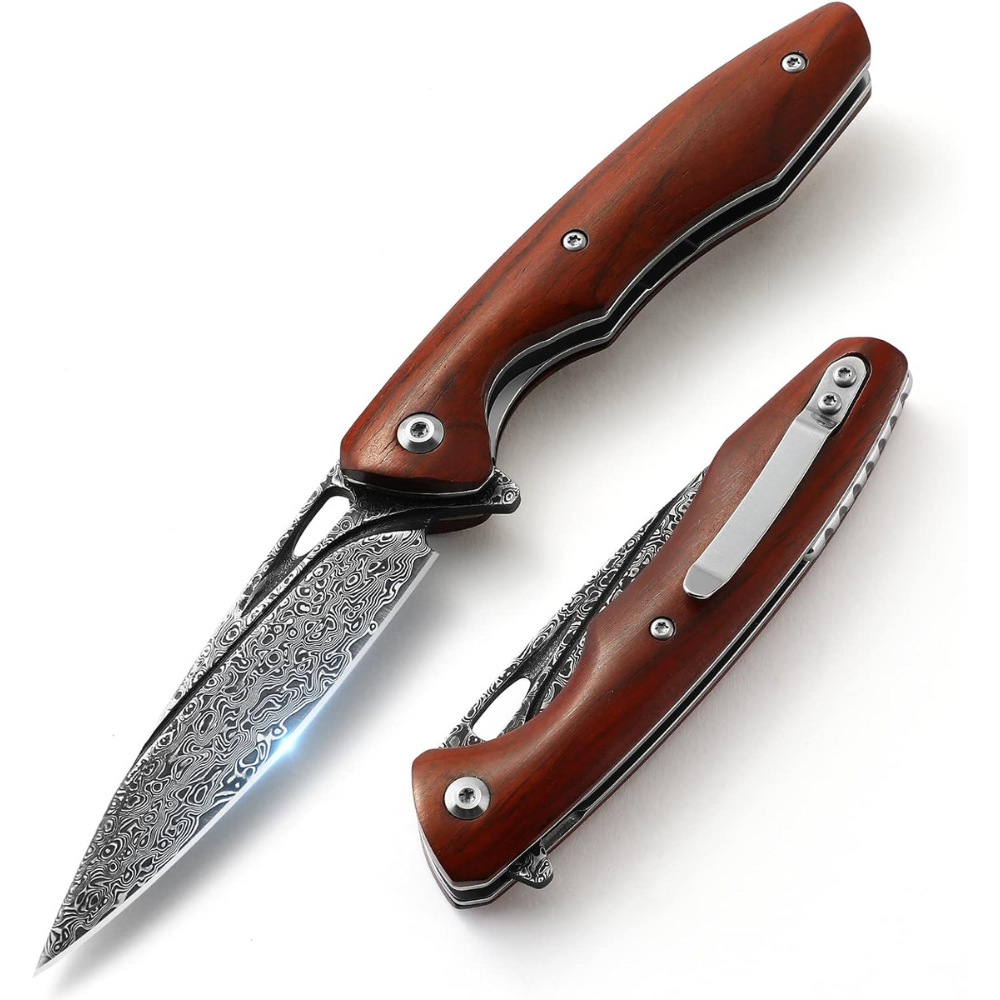
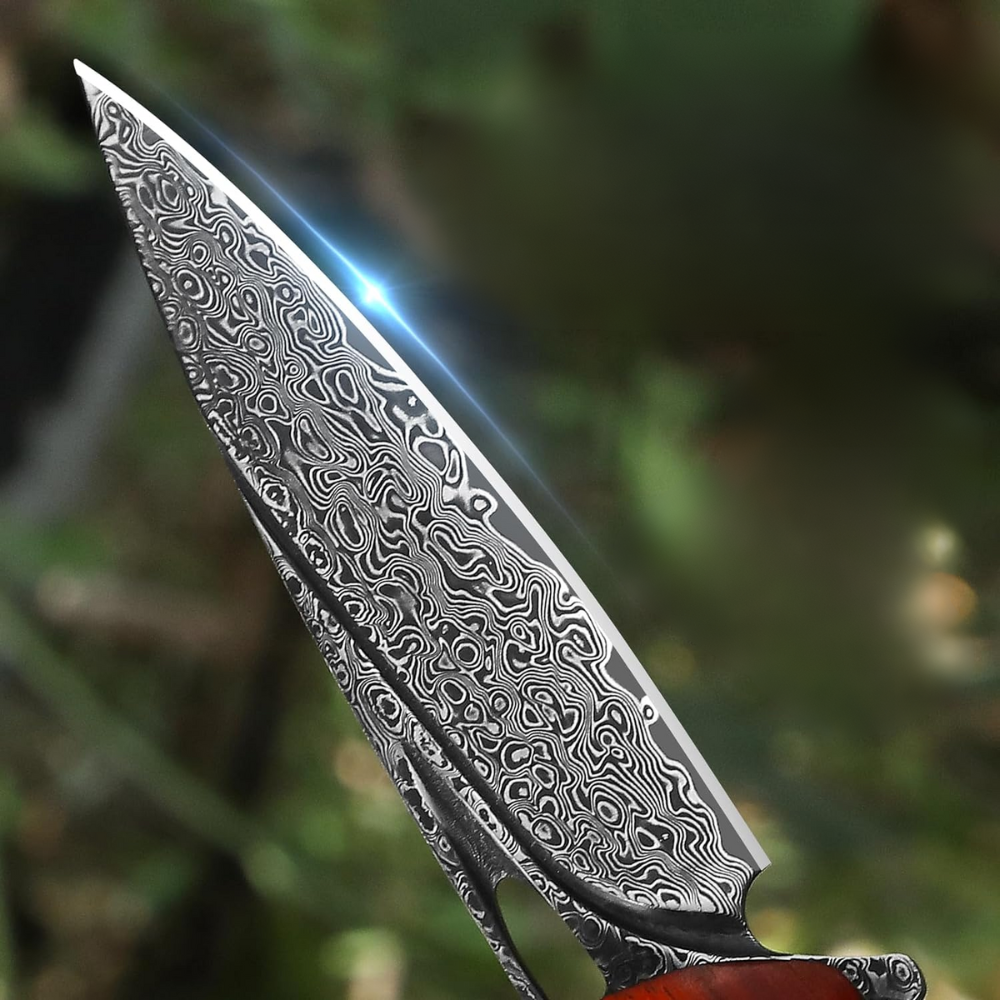
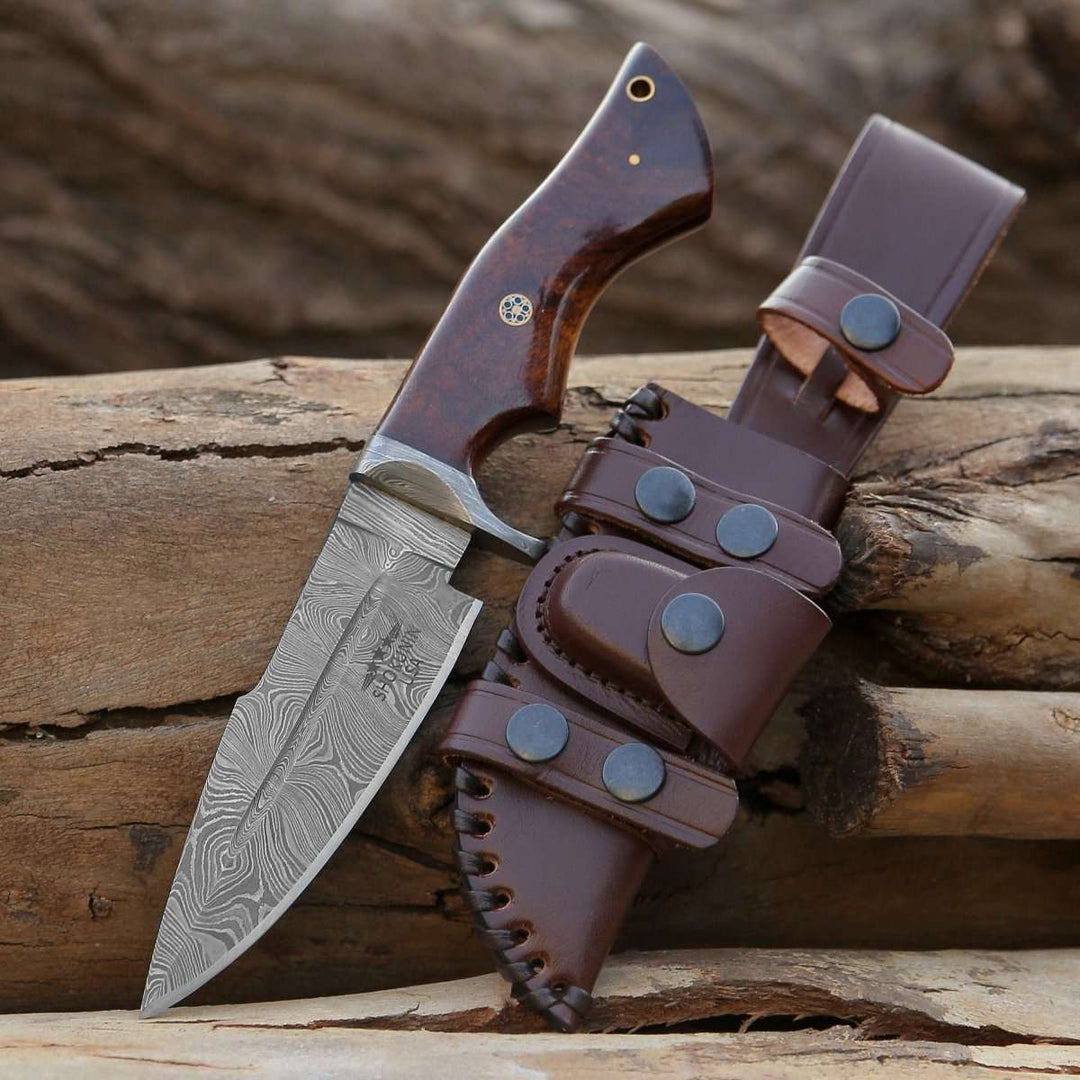
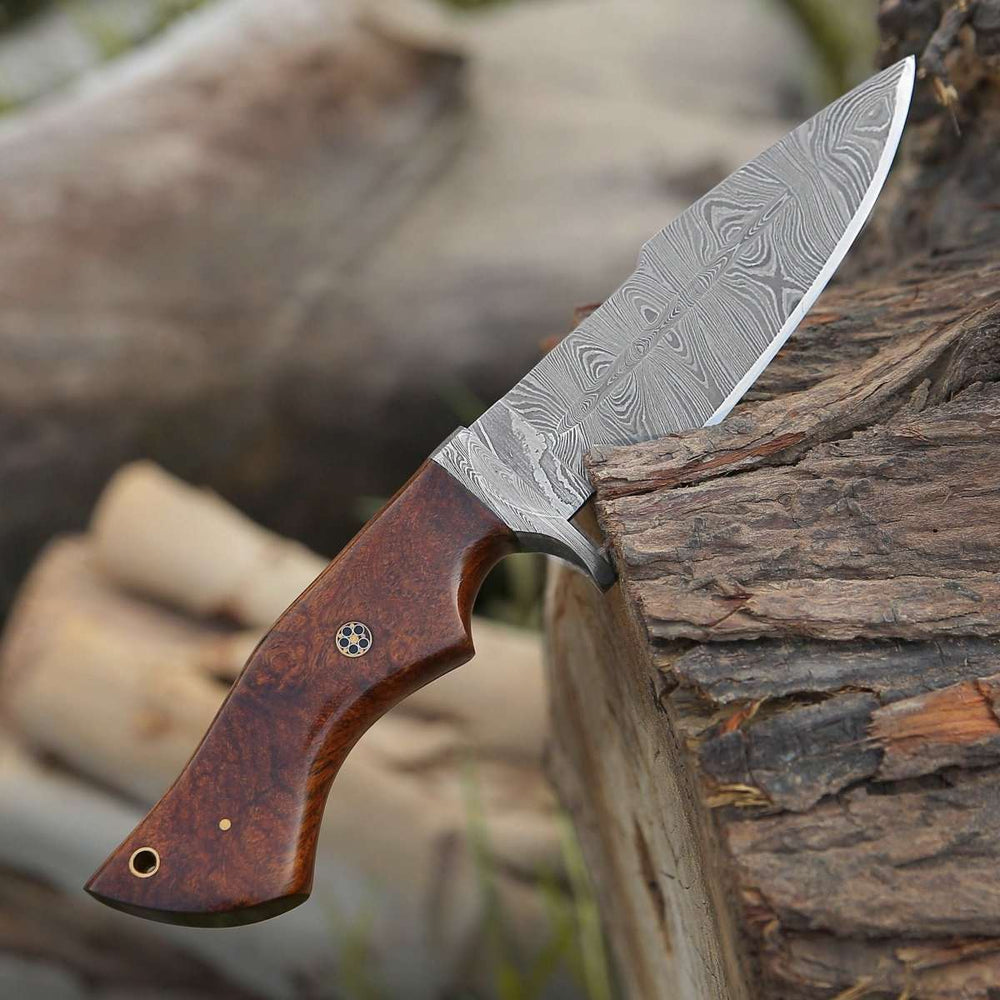
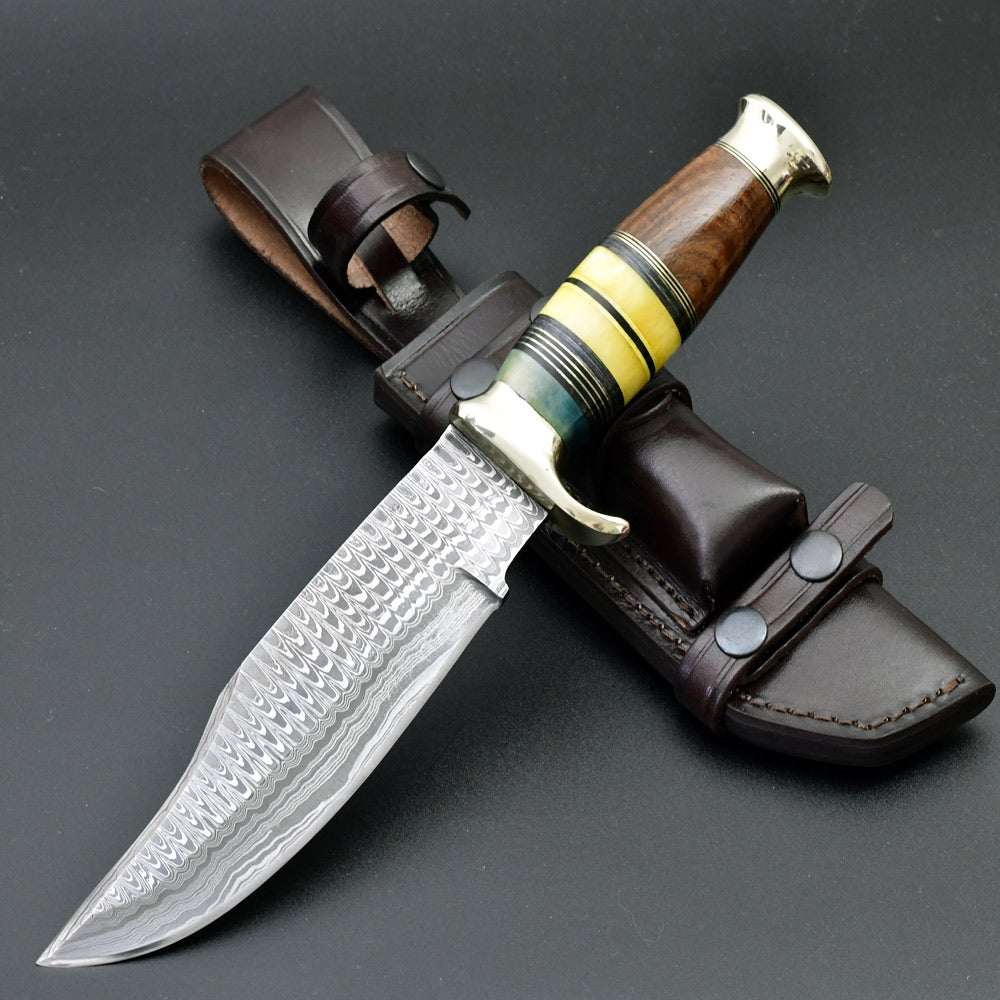
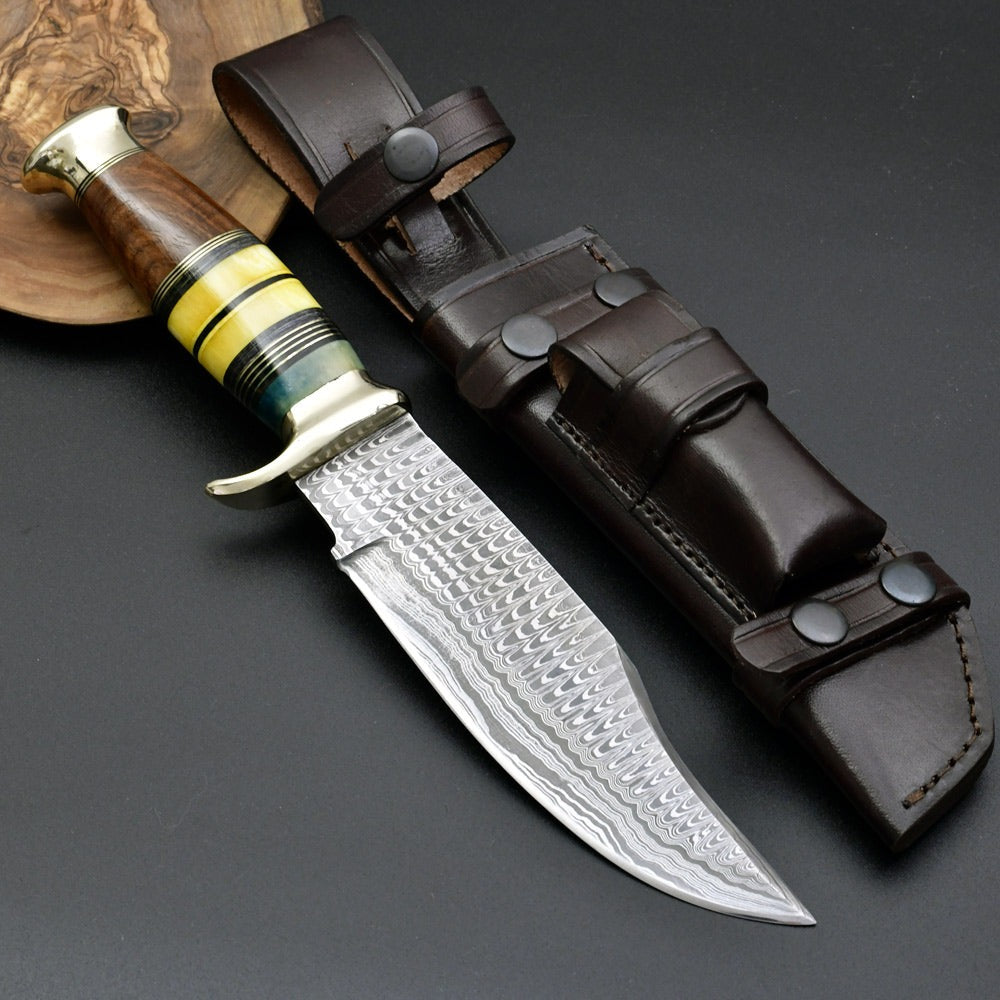
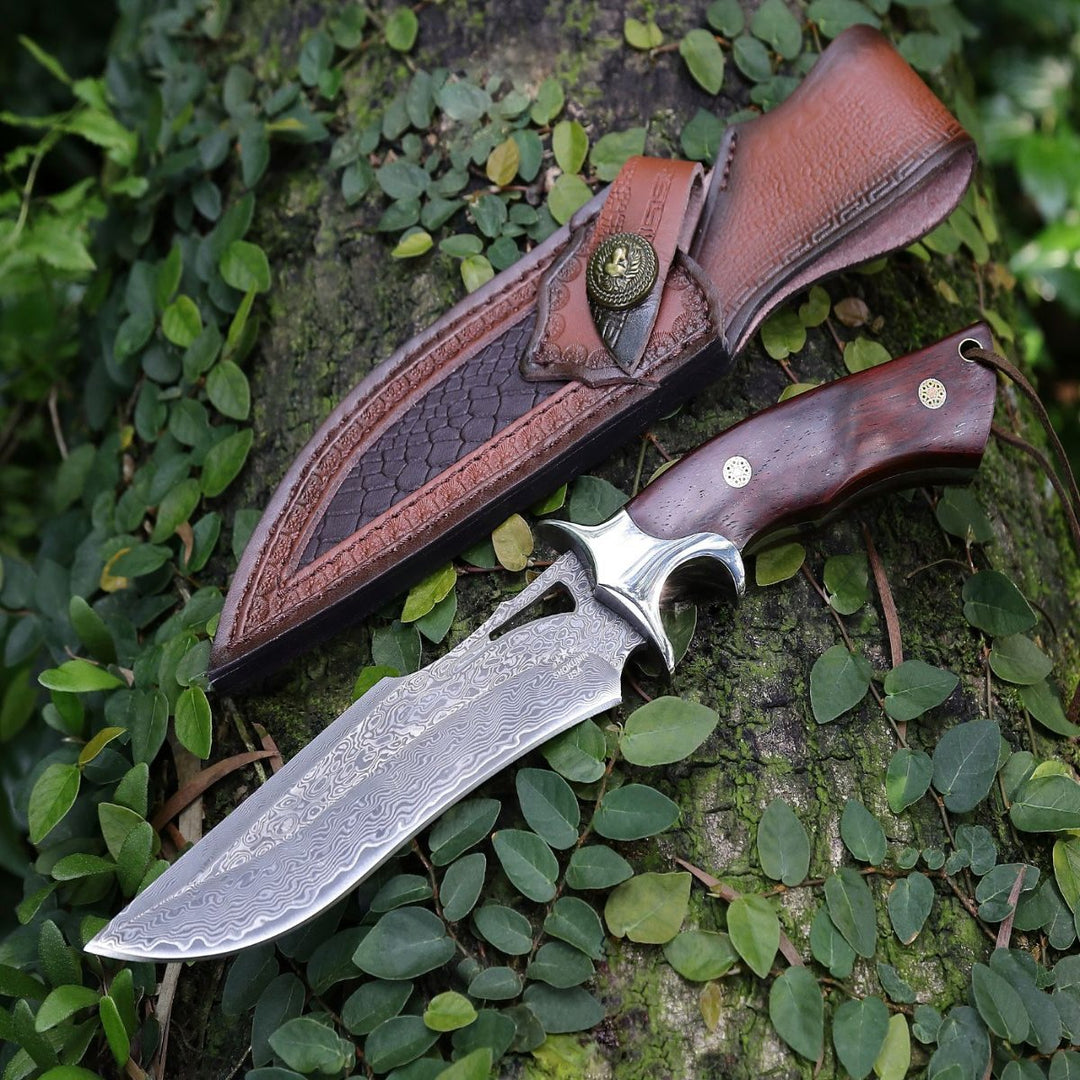
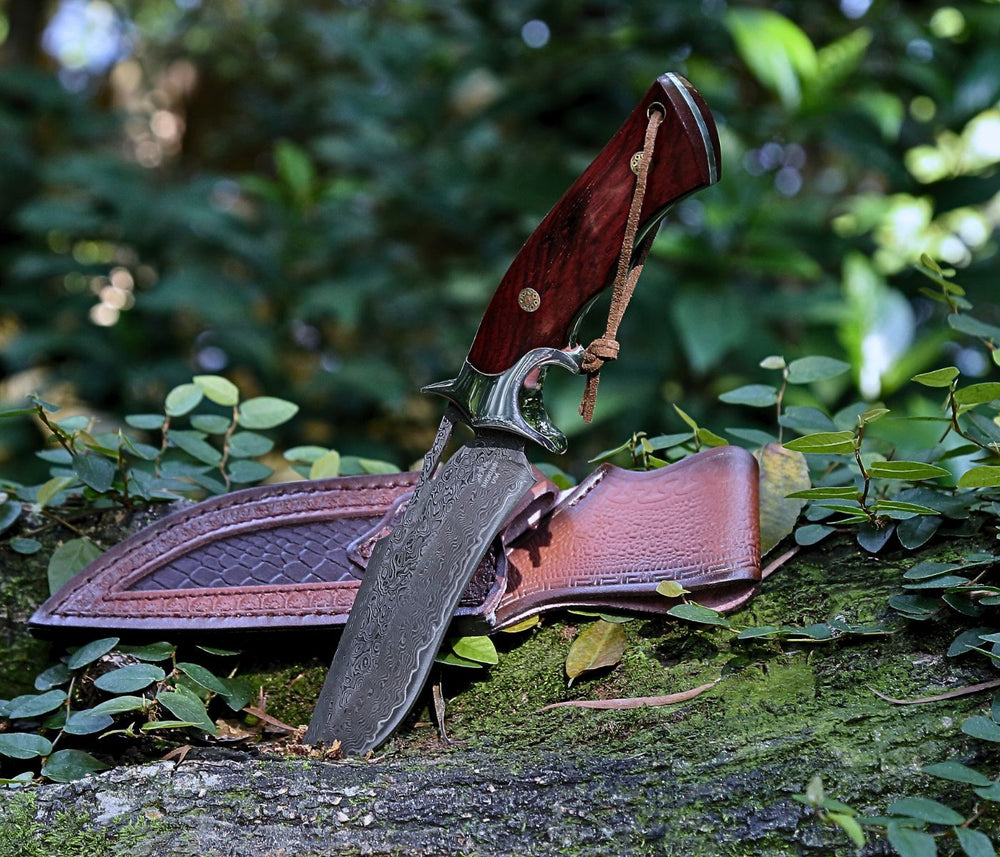
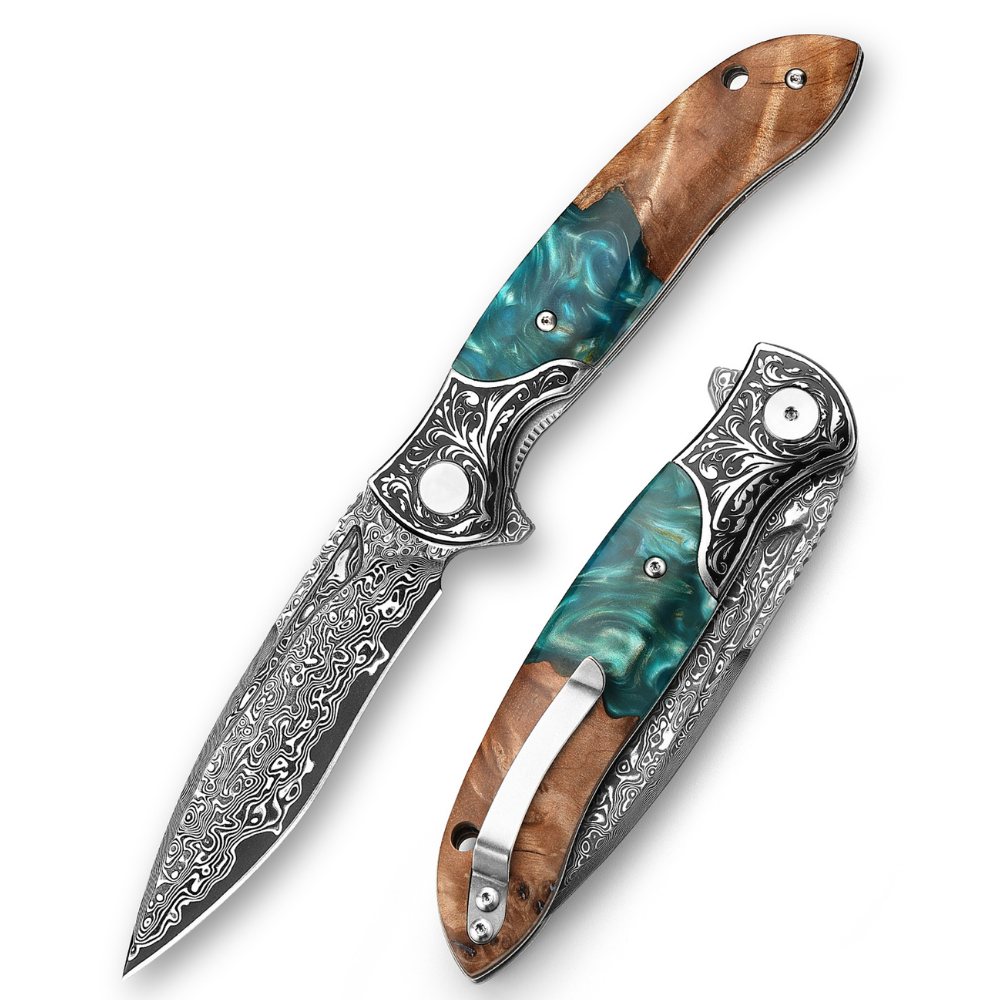
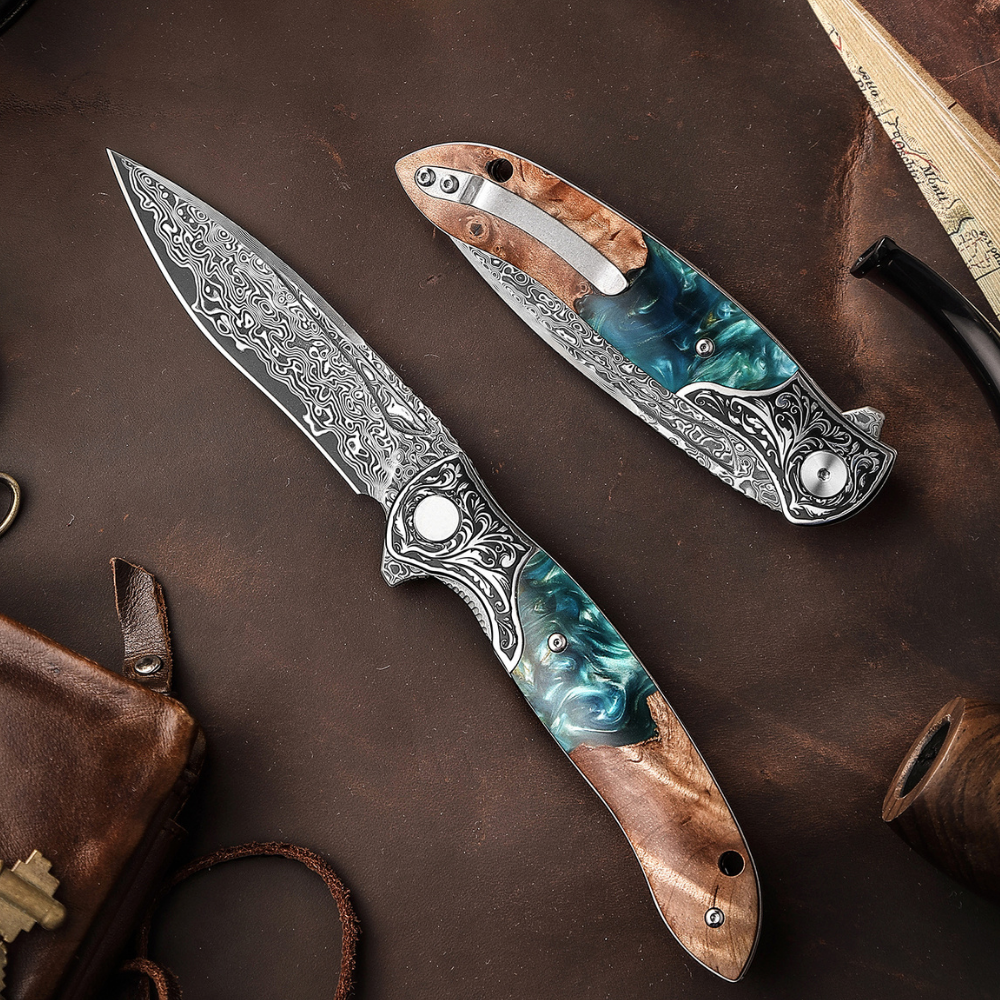
Leave a comment